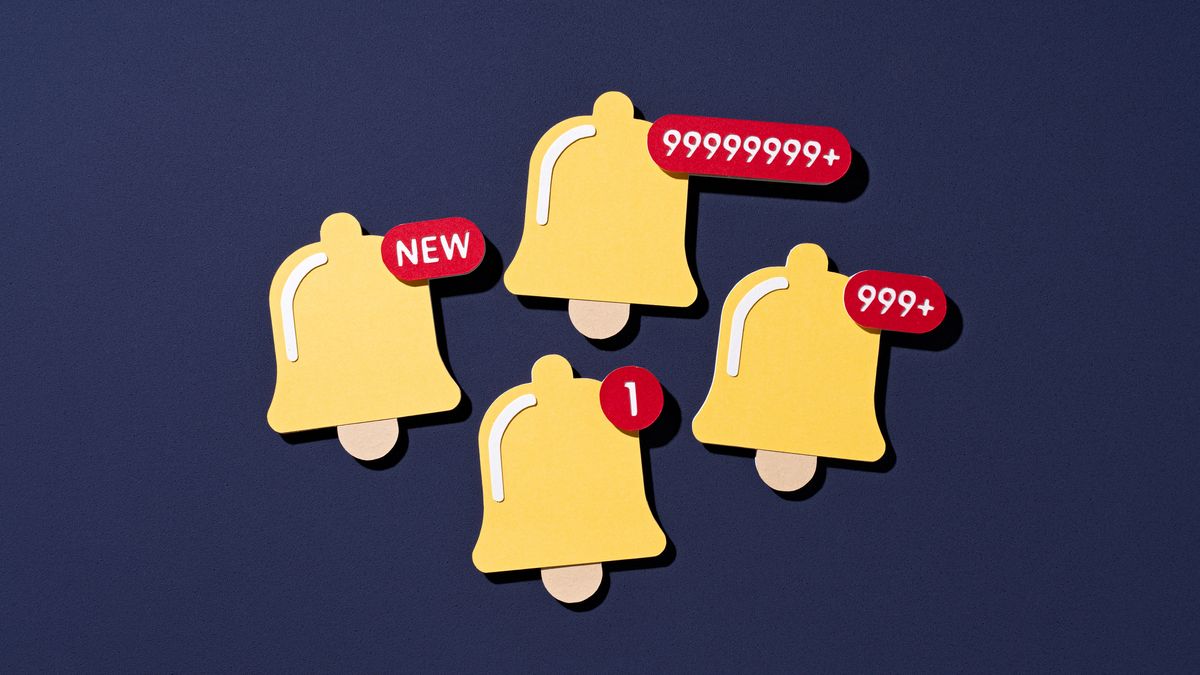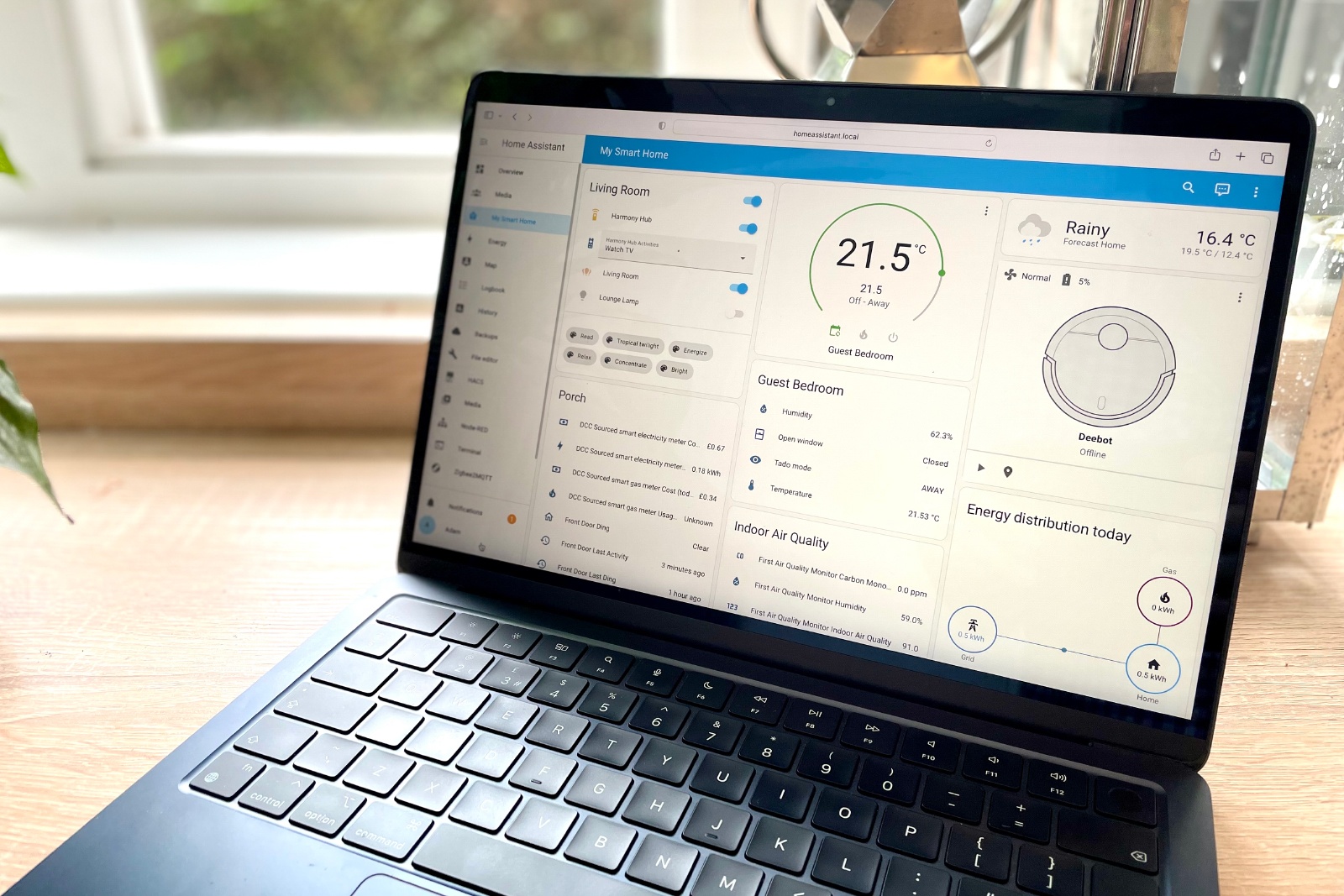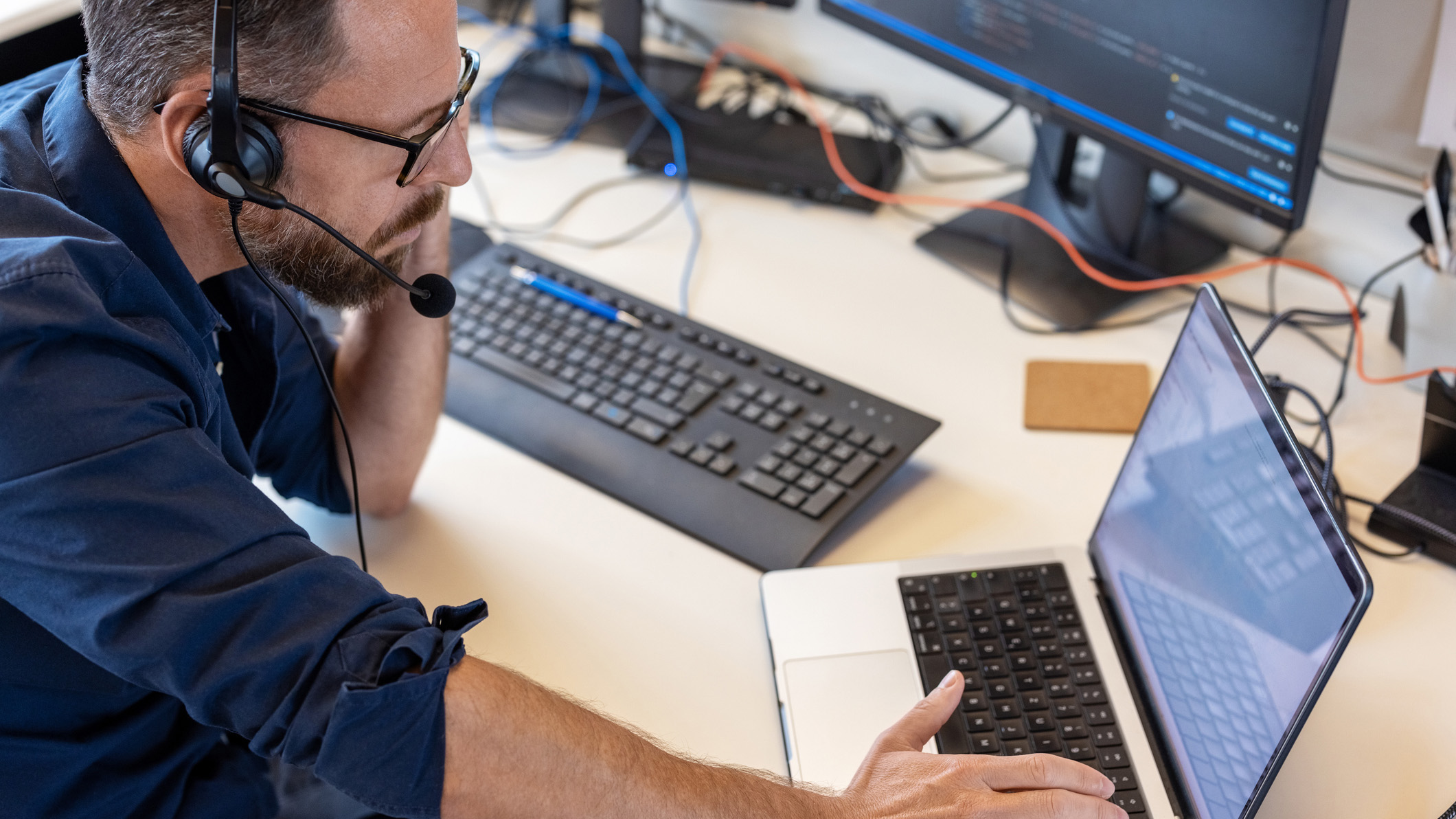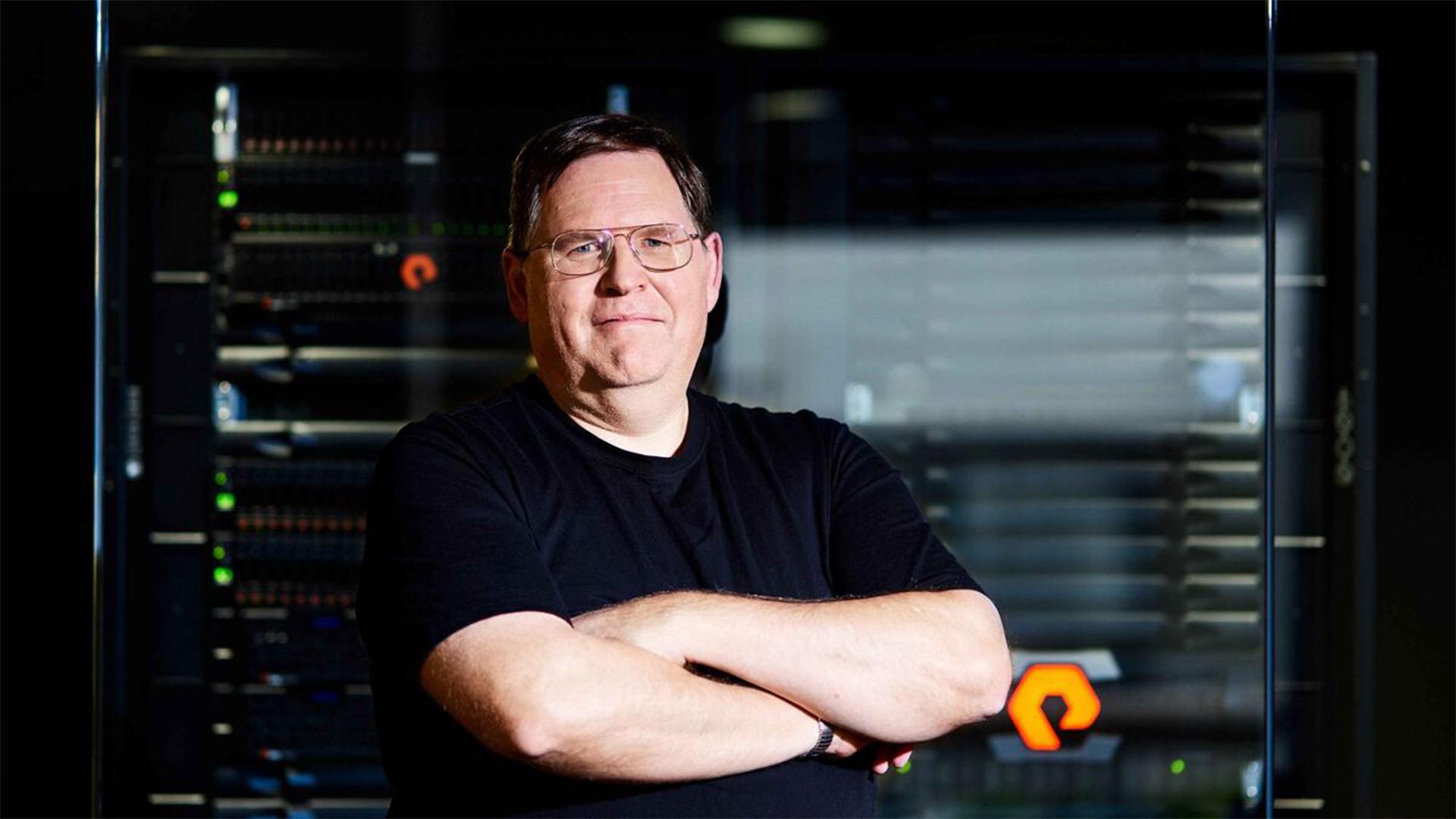Hybrid workers face ‘ping fatigue’ and it’s hurting productivity – here’s how leaders can help staff manage constant work notifications

The average worker has to rely on a number of digital platforms, communication channels and task management systems on a daily basis. In a world of remote work, these tools are essential to keep touch with colleagues and collaborate effectively – but tools that are supposed to make life easier can just as easily feed into mental exhaustion and anxiety known as ‘ping fatigue’.
Facing a wave of digital notifications, workers may become overwhelmed and unproductive. According to Unily’s Digital Noise Impact report released in June 2024, almost half of 500 UK-based workers surveyed are disturbed at least once every half an hour and around a third are disturbed at least every quarter of an hour by messages from online platforms.
“Technology is keeping us connected 24/7, but this constant barrage of notifications can leave workers feeling drained and always ‘on’. It can feel like just keeping up with notifications is a full-time job in itself,” says Sarah Stevens, co-founder and director of HR consultancy Hoomph.
“Technology is keeping us connected 24/7, but this constant barrage of notifications can leave workers feeling drained and always ‘on’. It can feel like just keeping up with notifications is a full-time job in itself,” says Sarah Stevens, co-founder and director of HR consultancy Hoomph.
In fact, oft-cited research from Gloria Mark, a professor of informatics at the University of California, Irvine, suggests it can take 23 minutes and 15 seconds for people to resume focus after they’ve been interrupted. It’s no surprise that some workers may feel like never getting any work done if every notification is impacting their cognitive ability to complete a task.
Ping fatigue: Prioritizing staff focus
This productivity issue should be a priority for leaders. But, as Jenni Field, an internal communications and leadership expert, puts it, managing “the continuous demand for attention” isn’t easy, especially since some companies are still grappling with hybrid working and the lasting impact the pandemic has had on workplace culture.
Employees have always felt the need to be always ‘on’, to answer to managerial demands regardless of what they’re doing or the time of day. However, this culture of needing to always be active has been amplified by hybrid working. Employees now have to be readily available to answer queries and demands from colleagues who might be based in a different city or even time zone.
The nature of hybrid working means employees can ill-afford to simply turn off their notifications. Even if they did, an anxiety-inducing backlog would inevitably pop when they do eventually turn them on again, creating an even bigger distraction from the task they should be focused on.
Instead, employees should set what Stevens calls “‘no ping’ blocks” that allow for periods of deep work without being interrupted. One approach could be the Pomodoro technique: working in 25-minute bursts with five-minute breaks in between. Not all pings are unnecessary distractions, of course. Some could be urgent matters that may require an immediate response. It’s important to determine which notifications should be prioritised, which require action and which can be ignored until a later time.
“Workers should learn to not let someone else’s chaos become theirs. We can be really good at creating false urgency, so it’s important they get control of their work. They can make time to check notifications, messages and emails, but they shouldn’t let it dictate their day,” says Field.
Ping fatigue: Establishing clear preferences
Field and Stevens agree that leaders should discuss with their workers how they like to be contacted. There will be those happy to receive a Microsoft Teams or Slack message, others may ask for requests to come via email, and there will be some who prefer to pick up the phone. Each employee’s preference should be communicated to their colleagues and respected whenever possible. “You have to know how people like to communicate in order to work well as a team,” says Field.
There also need to be boundaries when it comes to response times. Leaders should define and agree on how quickly they expect a response from their team. For example, this could be two hours for a Google Chat or WhatsApp message and 24 hours for an email, suggests Stevens.
Establishing communication preferences and response times is one thing but sticking to them is another. Field stresses that they’re irrelevant if status updates aren’t being used effectively. “If you’ve set it to ‘do not disturb’ or ‘offline’ and you still reply, then you’re telling colleagues your status isn’t true and they can just ignore it in the future,” she says.
Another strategy leaders could consider is introducing ‘in focus mode’ status updates, which indicate to workers when a colleague is unavailable, Stevens adds. Unnecessary messages could be swapped for structured check-ins, such as weekly standups, which can help to cut down on the pings and notifications of daily back-and-forth.
Whatever approach leaders decide to take, they need to remember that employees are human beings after all. While they may be expected to respond to notifications within a certain amount of time, they have a life outside of working hours.
“When the work day is over, it should really be over, concludes Stevens. “All notifications should be turned off and out-of-hours emails skipped. You should set the expectation that instant replies aren’t the norm.” He adds that if leaders respect boundaries, then workers are much more likely to as well: “These changes may seem small, but they add up, making work less about managing pings and more about getting things done.”
Source link











